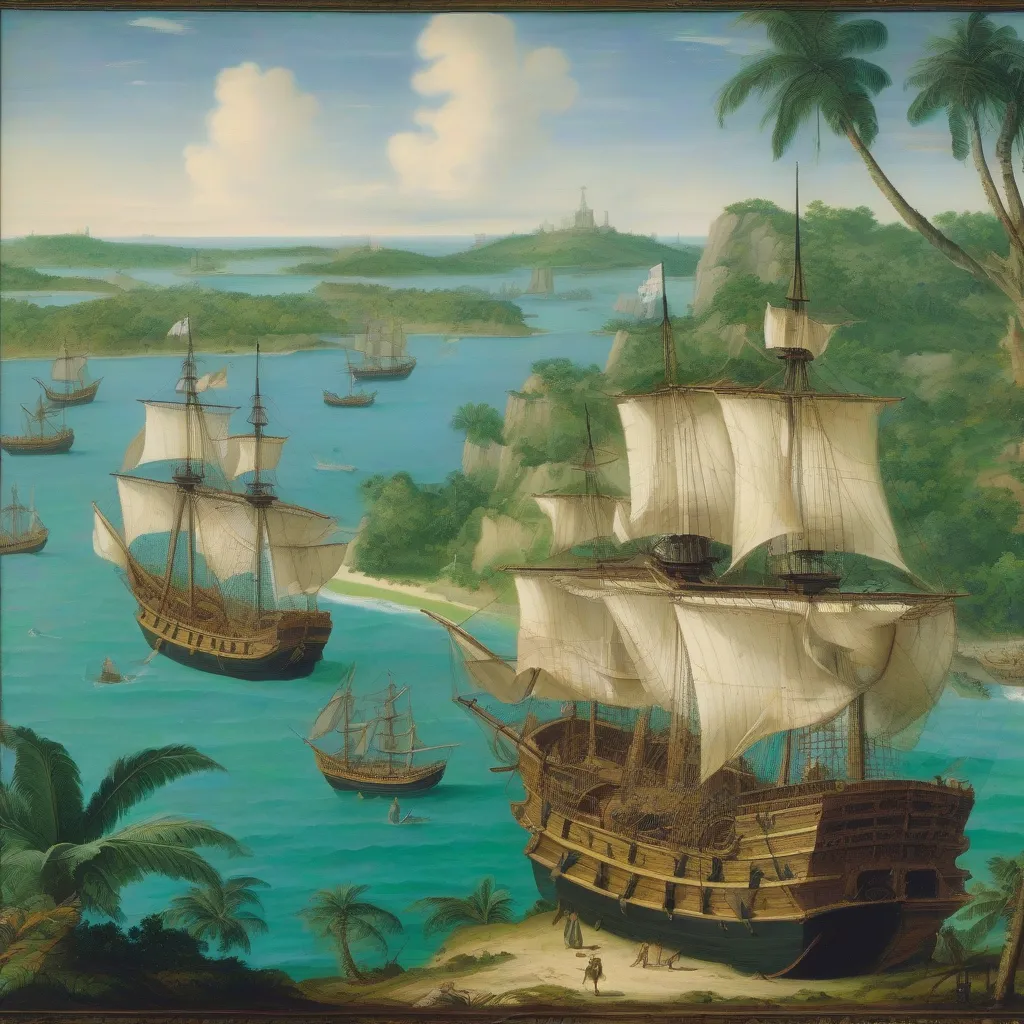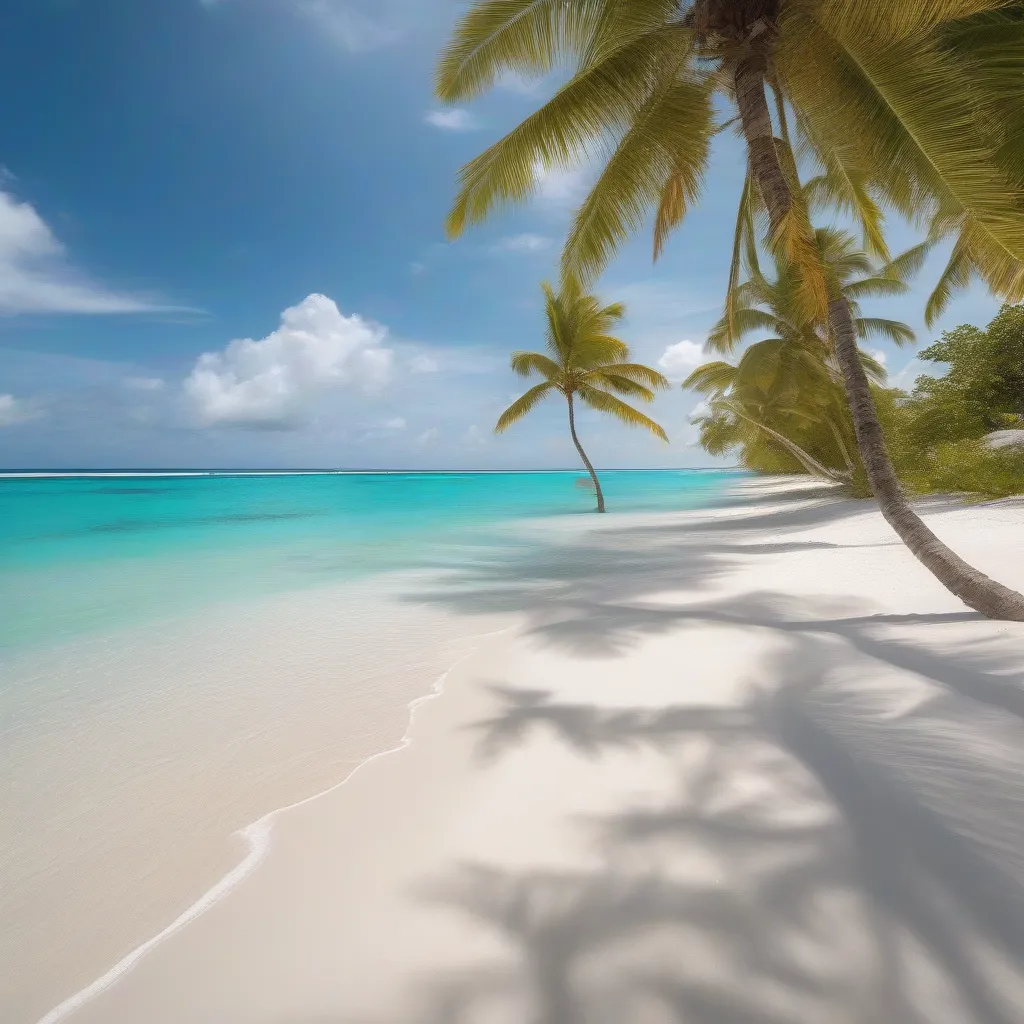Have you ever dreamt of embarking on a grand adventure, discovering new lands and experiencing different cultures? Christopher Columbus, the famed explorer, did just that. While his voyages were shrouded in controversy and their impact on indigenous populations remains a sensitive topic, understanding his journeys allows us to delve into a pivotal chapter of world history. So, Where Did Christopher Columbus Travel, and what can we learn from his expeditions?
Charting the Course: Columbus’ Four Voyages
Contrary to popular belief, Columbus never set foot on mainland North America. His voyages primarily focused on exploring the Caribbean islands and parts of Central and South America. Let’s retrace his steps:
1. The First Voyage (1492-1493): This journey, financed by King Ferdinand and Queen Isabella of Spain, saw Columbus setting sail from Palos de la Frontera with three ships: the Niña, Pinta, and Santa Maria. He landed on an island in the Bahamas, which he named San Salvador (believed to be present-day Watling’s Island), marking the “discovery” of the New World for Europeans. He also explored Cuba and Hispaniola (now Haiti and the Dominican Republic), establishing the first Spanish colony in the Americas.
2. The Second Voyage (1493-1496): This expedition aimed to solidify Spanish presence in the newly found lands. Columbus, this time leading a fleet of 17 ships, explored Dominica, Guadeloupe, Jamaica, and Puerto Rico. He also established the settlement of La Isabela on Hispaniola, laying the groundwork for further colonization.
3. The Third Voyage (1498-1500): With six ships, Columbus explored the southern Caribbean, reaching Trinidad and Tobago. He landed on the South American mainland near the Orinoco River delta in present-day Venezuela. This voyage was marred by hardships and internal conflicts, leading to Columbus’ arrest and return to Spain in chains.
4. The Final Voyage (1502-1504): Despite being stripped of his governorship, Columbus managed to secure funding for one last voyage. He sailed along the coast of Central America, exploring Honduras, Nicaragua, Costa Rica, and Panama. This final journey was fraught with dangers, including shipwrecks and hostile encounters with indigenous populations.
 Christopher Columbus' Ships
Christopher Columbus' Ships
Beyond the Map: Understanding the Legacy
While Columbus’ voyages opened up new trade routes and led to the exchange of goods, ideas, and cultures between the Eastern and Western hemispheres, it’s crucial to acknowledge the negative consequences. The arrival of Europeans had a devastating impact on indigenous populations, leading to disease, displacement, and enslavement.
Planning Your Own Exploration: Exploring Columbus’ Destinations Today
Today, many of the places Columbus visited are popular tourist destinations. Imagine yourself strolling along the beaches of the Bahamas, exploring the ancient ruins of Hispaniola, or trekking through the rainforests of Central America.
Travelcar.edu.vn offers a wealth of information for planning your own explorations, ensuring a safe and enriching journey. Remember to travel responsibly, respecting the history and culture of the places you visit.
FAQs about Columbus’ Travels
Q: Did Columbus really discover America?
A: While Columbus is credited with “discovering” the Americas for Europeans, it’s important to remember that indigenous people had been living there for centuries.
Q: Where can I find authentic information about Columbus’ voyages?
A: Reputable sources include historical archives, academic journals, and museums. Travelcar.edu.vn also provides reliable information on various travel destinations, including those connected to Columbus’ journeys.
Q: What’s the best way to experience the places Columbus visited?
A: Immersing yourself in local culture, trying traditional cuisines, and learning about the history of the region can enrich your travel experience.
 Caribbean Beach
Caribbean Beach
Embark on Your Own Journey of Discovery
Columbus’ voyages serve as a reminder of the power of exploration and the importance of cultural exchange. While his legacy is complex and multifaceted, his journeys continue to inspire us to learn about different cultures and explore the world around us. So, pack your bags, grab your compass, and embark on your own journey of discovery!
Don’t forget to share your travel stories and ask any questions you may have in the comments below. Happy exploring!